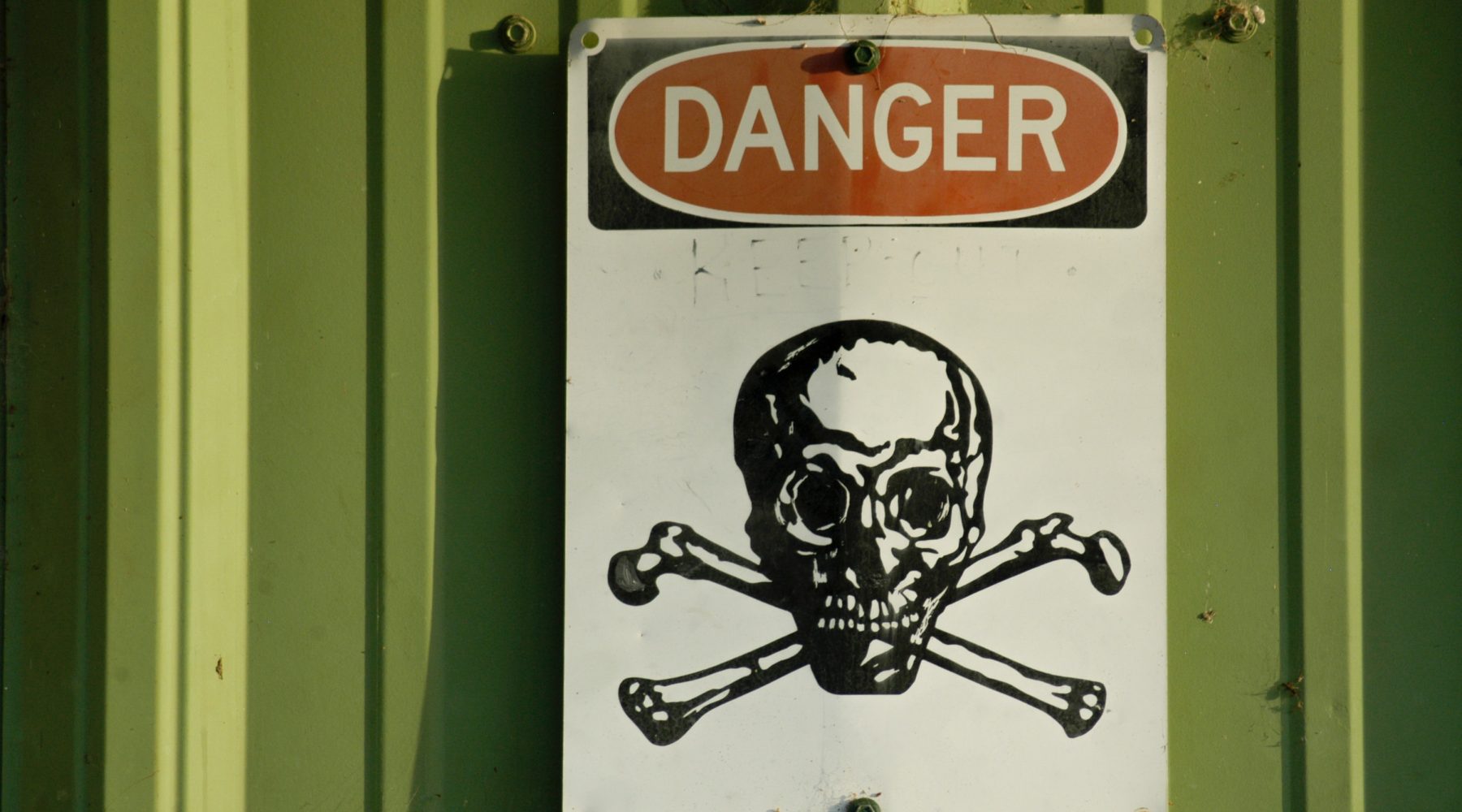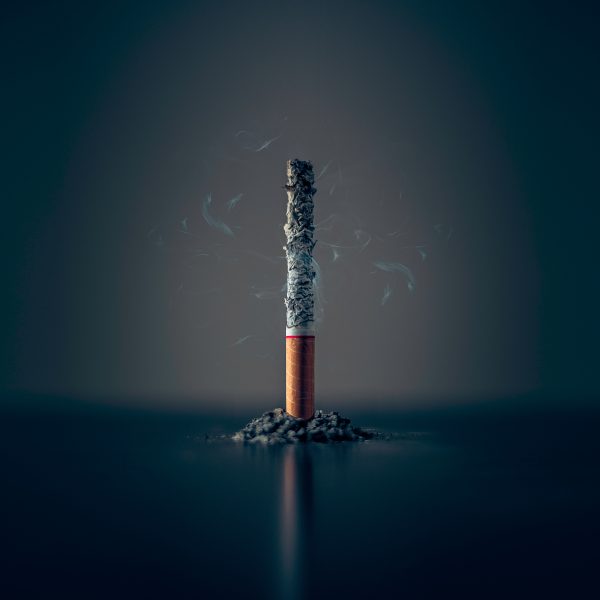As ECEC battles germs children could be exposed to chemical risk

Toddlers and young children spend much of their day crawling, playing and climbing. For early childhood education and care providers, that means constant mopping and cleaning to keep floors and furniture clean and safe.
A new peer-reviewed study, co-authored by two Indiana University researchers, has found that this zeal may be exposing children to high levels of dangerous contaminants – known as PFAS – which are finding their way into childcare centers through the very products intended to keep children healthy.
The study, co-authored by researchers Amina Salamova and Guomao Zheng in the journal Environmental Pollution, is one of the first to examine PFAS exposure risks in indoor settings other than people’s homes. It found that PFAS are abundant in childcare environments, which leads to “significant early-life exposures”.
“Children are especially vulnerable to environmental exposures because of how quickly they’re developing,” Ms Salamova said. “We really need to better understand the exposures children experience in places where they spend a significant amount of time such as childcare facilities. These early exposures could have harmful effects later in life.”
Poly- and perfluoroalkyl substances, or PFAS, are a class of chemicals that have been widely used for decades in firefighting foam and a range of stain- and grease-resistant products such as carpeting, upholstery, clothing, cleaning products, food packaging and cookware. PFAS chemicals are known to leach into food from kitchenware and packaging and evaporate from consumer products and get into indoor air and dust.
PFAS are highly persistent chemicals that have been linked to cancer, hormone disruption and immune system harm.
“We’re just beginning to understand how prevalent PFAS contamination is,” said co-author Erika Schreder, science director at Seattle-based Toxic-Free Future.
“The more we look, the more we find. We know these toxic chemicals have made their way into our water, our air and even our food. And now we can see they’ve made their way into the places our children spend time learning, discovering and exploring.”
While children typically spend the most amount of time in their own home, they spend an average of seven to 10 hours a day in a childcare facility, making those places a significant potential source of exposure, researchers note.
To reach their findings, the researchers analysed nap mats and dust for 37 types of PFAS chemicals at seven childcare facilities in the greater Seattle area and one in West Lafayette, Indiana. Researchers recruited a variety of facilities including a former church, a former home and a facility with multiple classrooms. Only one facility had carpeting. All the centers were vacuumed or mopped daily.
Researchers found 28 different PFAS compounds in the dust samples they collected. Ms Salamova said the researchers were surprised that some PFAS were present in the dust at childcare facilities at levels higher than in homes in the US and Canada.
Those trying to reduce their exposure to PFAS should avoid the following types of products, researchers said:
- Foods packaged or served in grease-repellent packaging such as microwave popcorn bags
- Stain-resistance treatments for clothes, shoes, furniture, luggage and carpets
- Teflon and non-stick cookware
- Personal care products with ingredients that include the words “fluoro” or “perfluoro”
- Cleaning products that contain perfluorinated or polyfluorinated ingredients.
To read the study in full, please see here.
Popular

Workforce
Practice
Provider
Quality
Research
Supporting successful transitions: Big moves, big feelings
2025-06-26 11:00:30
by Fiona Alston

Quality
Practice
Provider
Research
ECEC in focus - Una Springwood’s intergenerational initiative brings young and old together through connection and care
2025-06-30 10:00:45
by Contributed Content

Provider
Practice
Quality
Research
Aboriginal Education Strategy drives early learning and school success in South Australia
2025-07-01 09:55:12
by Fiona Alston













